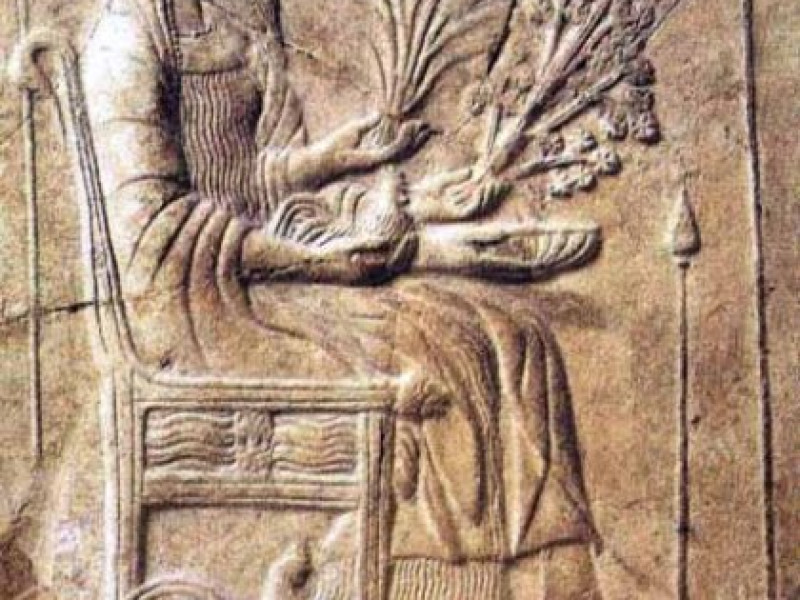Erebus (Darkness)
Erebus was born together with Nyx, Gaea, Tartarus, and Eros ("Love"), out of Chaos. With his sister Nyx, Erebus was the father of Aether ("Upper Air") and Hemera ("Day").
See Creation, Theogony of Hesiod.
Apart from the part he played in the Creation as being the father of Aether and Hemera, Erebus was usually just the personification of one region of the Underworld. The Underworld was usually divided into two main areas: Erebus and Tartarus. Erebus and Hades were used interchangeably to denote the Underworld. Tartarus was the deepest part of the Underworld which held the Titans in prison. Erebus was also divided into several areas, apart from Hades' House. Erebus was divided by five of its underground rivers. Most shades had their last resting place in the Plain of Asphodel, and only a few were given a place in the Elysian Fields. However, Elysium was sometimes located not underground, but on the surface, usually on an island.
According to the Orphic myth, Erebus was born with Chaos and Aether.
See also House of Hades for a more detailed description of the Underworld.
By Jimmy Joe


